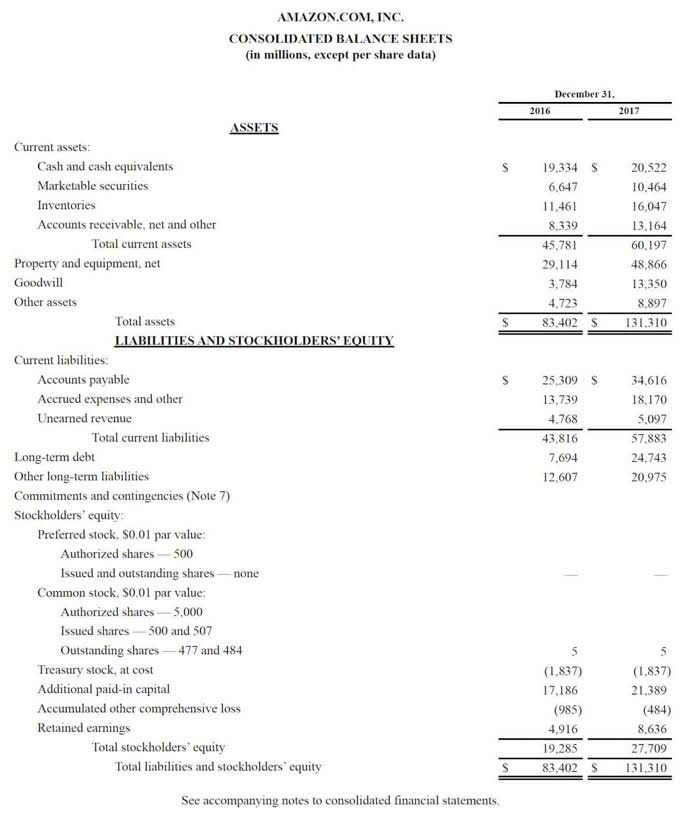
He is the sole author of all the materials on AccountingCoach.com. Think of retained earnings as savings, since it represents the total profits that have been saved and put aside (or „retained“) for future use. If you want to know more about accounting errors and how to spot them, we recommend reading Common https://www.bookstime.com/ Accounting Errors – A Practical Guide With Examples. From setting up your organization to inviting your colleagues and accountant, you can achieve all this with Deskera Books. You can witness the easy implementation of the tool and try it out to get a renewed experience while handling your accounting system.

It is important to keep the accounting equation in mind when performing journal entries. Whenever you contribute any personal assets accounting formula to your business your owner’s equity will increase. These contributions can be any asset, such as cash, vehicles or equipment.
Unbalanced Transactions
The equation is sometimes referred to as the balance sheet equation. The balance sheet is also known as the statement of financial position and it reflects the accounting equation. The balance sheet reports a company’s assets, liabilities, and owner’s (or stockholders‘) equity at a specific point in time. Like the accounting equation, it shows that a company’s total amount of assets equals the total amount of liabilities plus owner’s (or stockholders‘) equity. As you can see, no matter what the transaction is, the accounting equation will always balance because each transaction has a dual aspect. The accounting equation summarizes the essential nature of double-entry system of accounting.
- During the month of February, Metro Corporation earned a total of $50,000 in revenue from clients who paid cash.
- The owner’s equity is the value of assets that belong to the owner(s).
- That is, each entry made on the debit side has a corresponding entry (or coverage) on the credit side.
- Merely placing an order for goods is not a recordable transaction because no exchange has taken place.
- An asset is a resource that is owned or controlled by the company to be used for future benefits.
- The CFS shows money going into (cash inflow) and out of (cash outflow) a business; furthermore, the CFS is separated into operating, investing, and financing activities.
The accounting equation is based on the premise that the sum of a company’s assets is equal to its total liabilities and shareholders‘ equity. As a core concept in modern accounting, this provides the basis for keeping a company’s books balanced across a given accounting cycle. The accounting equation helps to assess whether the business transactions carried out by the company are being accurately reflected in its books and accounts. This straightforward relationship between assets, liabilities, and equity is considered to be the foundation of the double-entry accounting system.
Understanding Assets in the Accounting Equation
The remainder is the shareholders‘ equity, which would be returned to them. The double-entry practice ensures that the accounting equation always remains balanced, meaning that the left side value of the equation will always match the right side value. Essentially, the representation equates all uses of capital (assets) to all sources of capital, where debt capital leads to liabilities and equity capital leads to shareholders‘ equity. To understand the accounting equation better, let’s take a few practical transactions and analyze their effect.

Revenue is what your business earns through regular operations. Apple receives $1,300 cash from Harvard for app development services that it has performed. While there is no notable difference in each term, if you wanted to be technical and saw it come up in a question, you should probably be familiar with the economic entity assumption. Stockholders can transfer their ownership of shares to any other investor at any time. Owners’ equity typically refers to partnerships (a business owned by two or more individuals). Harold Averkamp (CPA, MBA) has worked as a university accounting instructor, accountant, and consultant for more than 25 years.
Accounting Equations: Definition, Components, Formula and Examples
Cash (asset) will reduce by $10 due to Anushka using the cash belonging to the business to pay for her own personal expense. As this is not really an expense of the business, Anushka is effectively being paid amounts owed to her as the owner of the business (drawings). Equity represents the portion of company assets that shareholders or partners own.

Financial analysis involves assessing a company’s financial performance and position to make informed decisions. The Accounting Equation serves as a valuable tool in financial analysis, enabling analysts to evaluate a company’s financial health and stability. By analyzing the components of the equation, financial analysts can gain insights into the company’s assets, liabilities, and equity. Liabilities are the obligations and debts that a company owes to external parties. These can be in the form of loans, accounts payable to suppliers, or other accrued expenses.
Accounting Equation’s Effects on Business Transactions
The most common sources of revenue are the sale of goods and services, the leasing of real estate, the provision of financial loans, commissions, fees, interest, royalties, dividends, and rent. In a double-entry accounting system, every transaction has two sides. In summary, the Accounting Equation empowers us to comprehend a business’s financial health and stability, facilitating smarter financial planning and resource allocation. As we continue to navigate the complexities of the financial world, understanding and utilizing this equation will remain a crucial skill for financial practitioners and decision-makers alike. This is in contrast to simple accounting (used by small businesses), which summarizes the inflow and outflow of money in a simple comparison of the two accounts.
- To the same operation (commercial transaction) corresponds at least a debit in one account and a credit in another.
- Metro Corporation collected a total of $5,000 on account from clients who owned money for services previously billed.
- Thus, the asset and liability sides of the transaction are equal.
- This business transaction decreases assets by the $100,000 of cash disbursed, increases assets by the new $500,000 building, and increases liabilities by the new $400,000 mortgage.
- If your business uses single-entry accounting, you do not use the balance sheet equation.
- This business transaction increases company cash and increases equity by the same amount.






